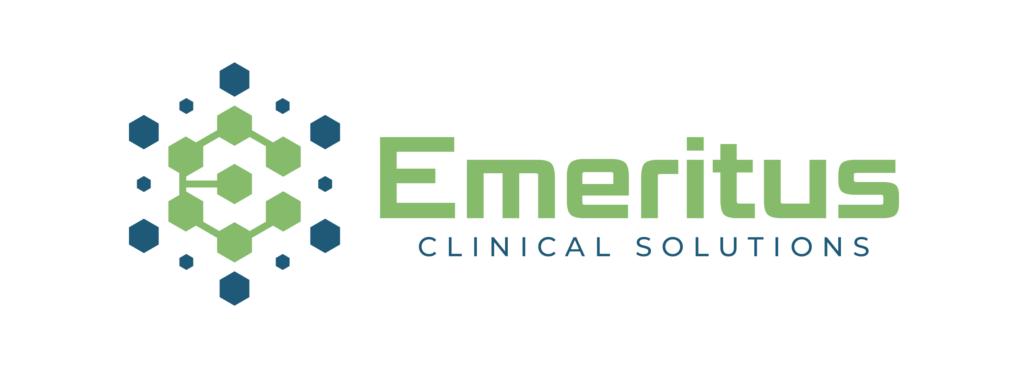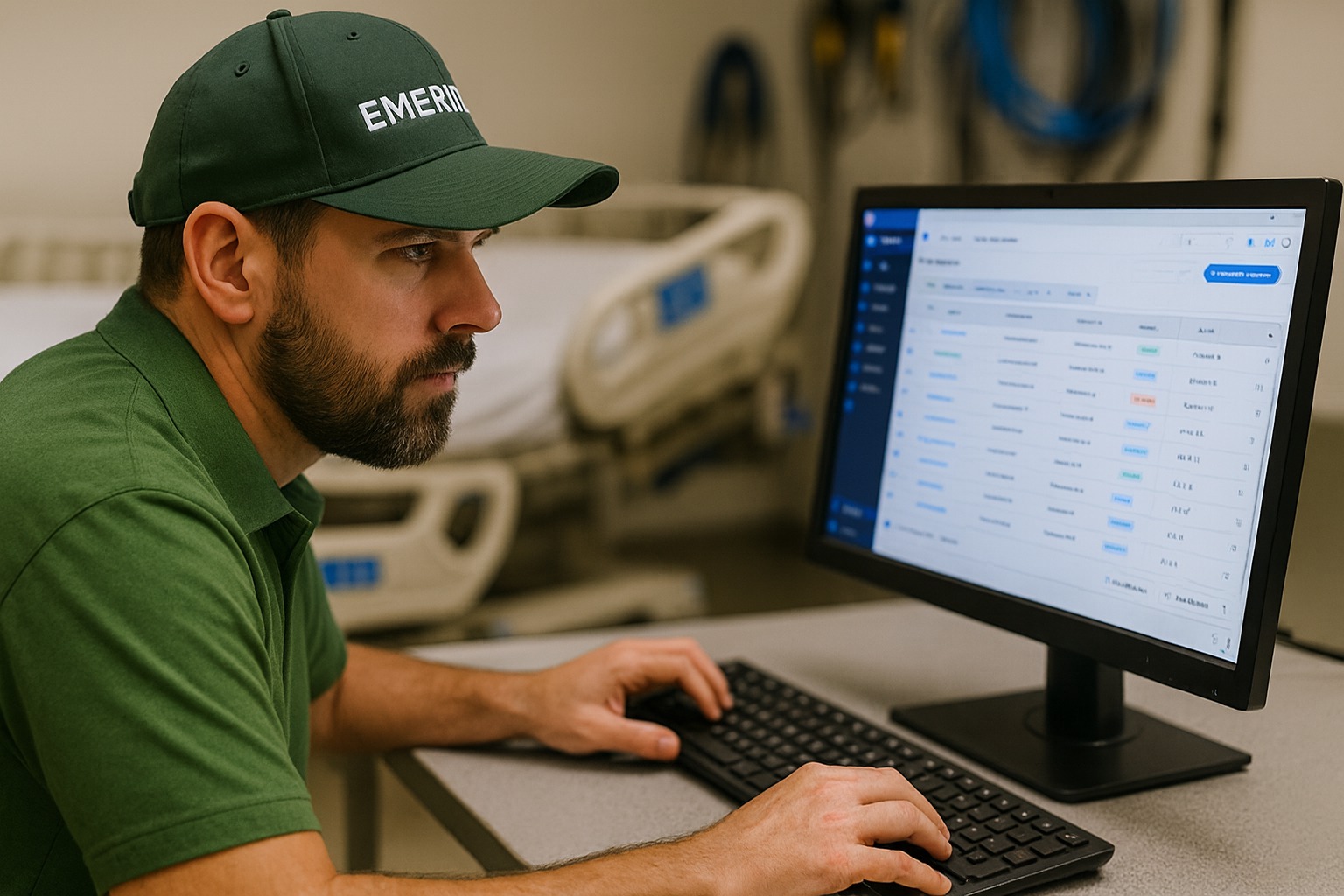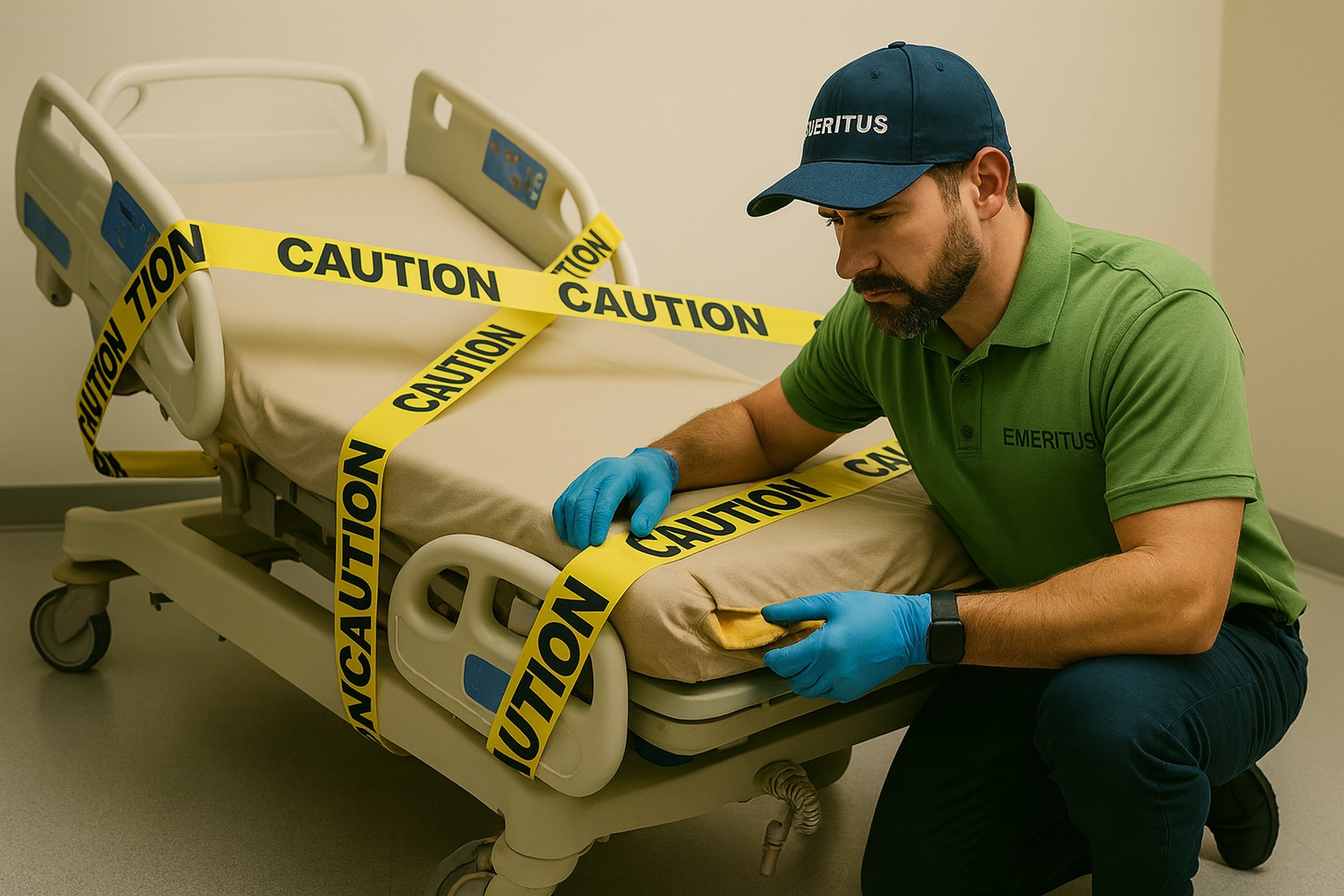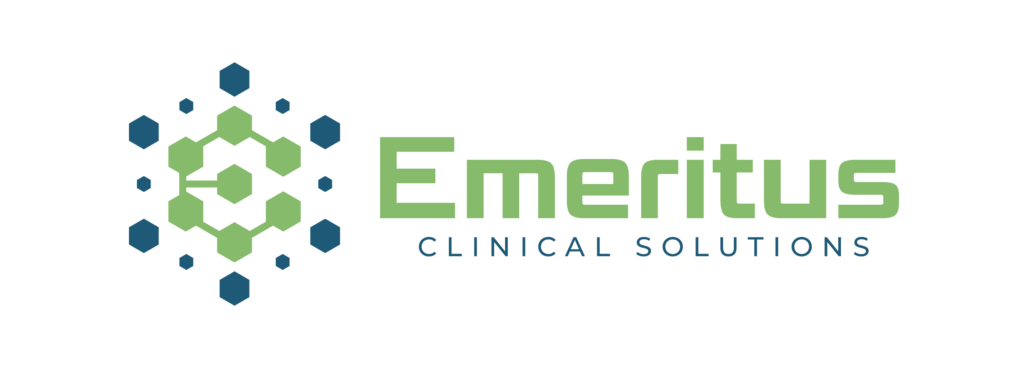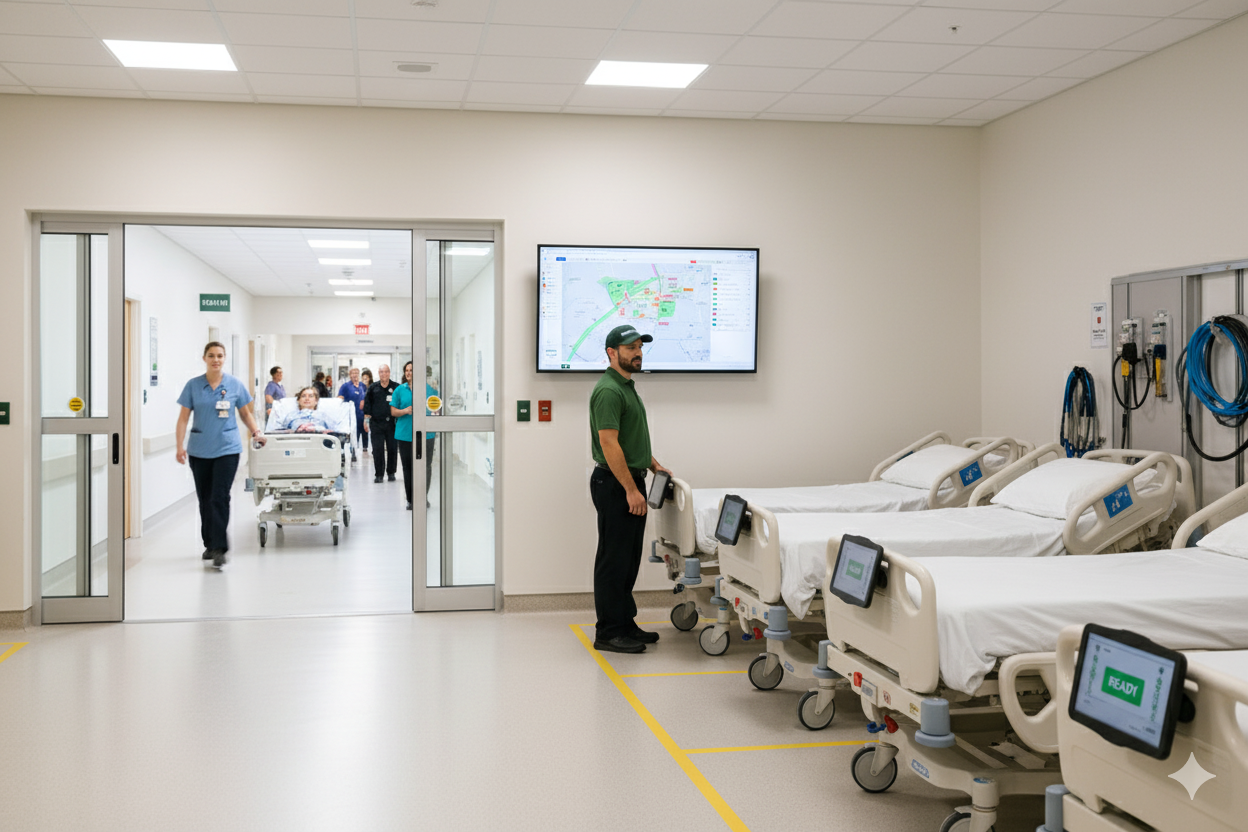
In the complex healthcare ecosystem, where patient care is vital, operational efficiency and financial sustainability frequently go hand in hand. Among the multiple factors that influence these dynamics, proactive bed management stands out as an essential method. While its importance may be ignored in the grand scheme of healthcare administration, the maintenance and management of hospital beds constitute a significant area where hidden expenses can quietly accrue, affecting both budgets and patient care quality.
Exploring the network of hidden expenses reveals that ineffective bed management can cause a cascading effect of financial consequences. From more patient falls, which affect CMS reimbursements, to the financial and reputational expenses associated with emergency bed rentals and increased maintenance requirements as a result of poor management, the impact on both finances and patient care quality is palpable. Furthermore, the administrative effort of managing several vendor contracts increases the complexities and expenses.
The consequences of overlooking these hidden costs go far beyond monetary losses. Delayed bed repairs and lack of staff training lead to severe financial liabilities and operational inefficiencies, jeopardizing patient care and safety.
To effectively tackle these hidden expenses, healthcare organizations must take proactive efforts. Regular audits, staff feedback methods, and data analytics have emerged as critical instruments for uncovering inefficiencies in bed management and maintenance procedures. The importance of competent technicians, as well as the distinction between how OEM and third-party maintenance services are incentivised, are critical in identifying cost-saving options.
Implementing proactive maintenance schedules is critical for reducing hidden expenses. Prioritizing component-level repairs over costly module replacements not only extends bed life, but also considerably reduces costs. Furthermore, extensive staff training programs concentrating on proper bed usage, maintenance knowledge, and damage prevention are effective in reducing hidden expenses.
The healthcare sector is constantly changing, driven by technology advancements. Advancements in hospital bed technology, such as bed exit alarms and nurse call, not only improve patient safety but also minimize the need for frequent manual checks by nurses, lowering expenses. The use of IoT devices for real-time monitoring of bed status has enormous potential for easing proactive maintenance actions and optimizing bed utilization.
Cultivating a culture in which all employees are aware of the impact of their actions on financial sustainability is critical. Encouraging proactive participation and motivating cost-cutting efforts through incentive systems promotes a shared responsibility for efficient bed management.
In an ever-changing healthcare market where financial sustainability is critical, proactive bed management shines as a light of hope. Healthcare facilities may pave the path for a future in which operational efficiency and patient care excellence are in sync by recognizing the importance of minimizing hidden costs and implementing strategic measures that include training, technology, and process optimization
It is critical for HTM departments and facility managers to assess their bed management and maintenance procedures. Consulting with hospital bed maintenance specialists or partnering with reputed service providers such as Emeritus can help to improve operating efficiency and lower hidden costs. Take aggressive steps now to improve your facility’s performance and provide excellent patient care. For more details, contact our professionals at emerituscs.com.
